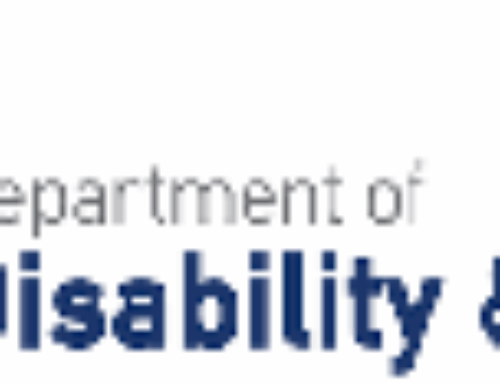Autism is a neurodevelopmental disorder that affects communication, social interaction, and behavior. Children with autism often experience difficulties in communication, which can impact their ability to interact with others and navigate the world around them. In this blog, we will explore the different types of communication difficulties that children with autism may face, as well as some strategies to support them in developing their communication skills.

Another communication difficulty that is often seen in children with autism is difficulty with language development. Some children with autism may have delayed speech and language development, while others may have difficulty with the pragmatics of language, such as taking turns in conversation or understanding figurative language. This can make it difficult for them to express their needs and wants, as well as understand the needs and wants of others.
Children with autism may also experience sensory processing difficulties, which can impact their ability to communicate effectively. For example, a child with autism may be sensitive to certain sounds or textures, which can make it difficult for them to focus on what is being said or to use their own words to communicate effectively. They may also have difficulty filtering out irrelevant information, which can make it difficult for them to understand and respond appropriately to verbal cues.
So, what can parents, caregivers, and educators do to support children with autism in developing their communication skills? Here are some strategies that may be helpful:
- Use visual aids: Many children with autism are visual learners and may benefit from the use of pictures, symbols, or written words to help them understand and express their thoughts and feelings.
- Simplify language: Children with autism may have difficulty processing complex language, so it can be helpful to use simple, concrete language when communicating with them.
- Use clear, concise instructions: Children with autism may have difficulty understanding multi-step instructions, so it can be helpful to break tasks down into small, manageable steps.
- Provide opportunities for social interaction: Children with autism may struggle with social communication, but providing opportunities for social interaction can help them practice their skills in a supportive environment.
- Seek out therapy: Speech therapy, occupational therapy, and other types of therapy can be helpful in supporting children with autism in developing their communication skills.
In conclusion, communication difficulties are a common challenge for children with autism, but with the right support and strategies, children with autism can develop their communication skills and thrive in social and academic settings. By understanding the different types of communication difficulties that children with autism may face and providing targeted support, parents, caregivers, and educators can help children with autism reach their full potential.





